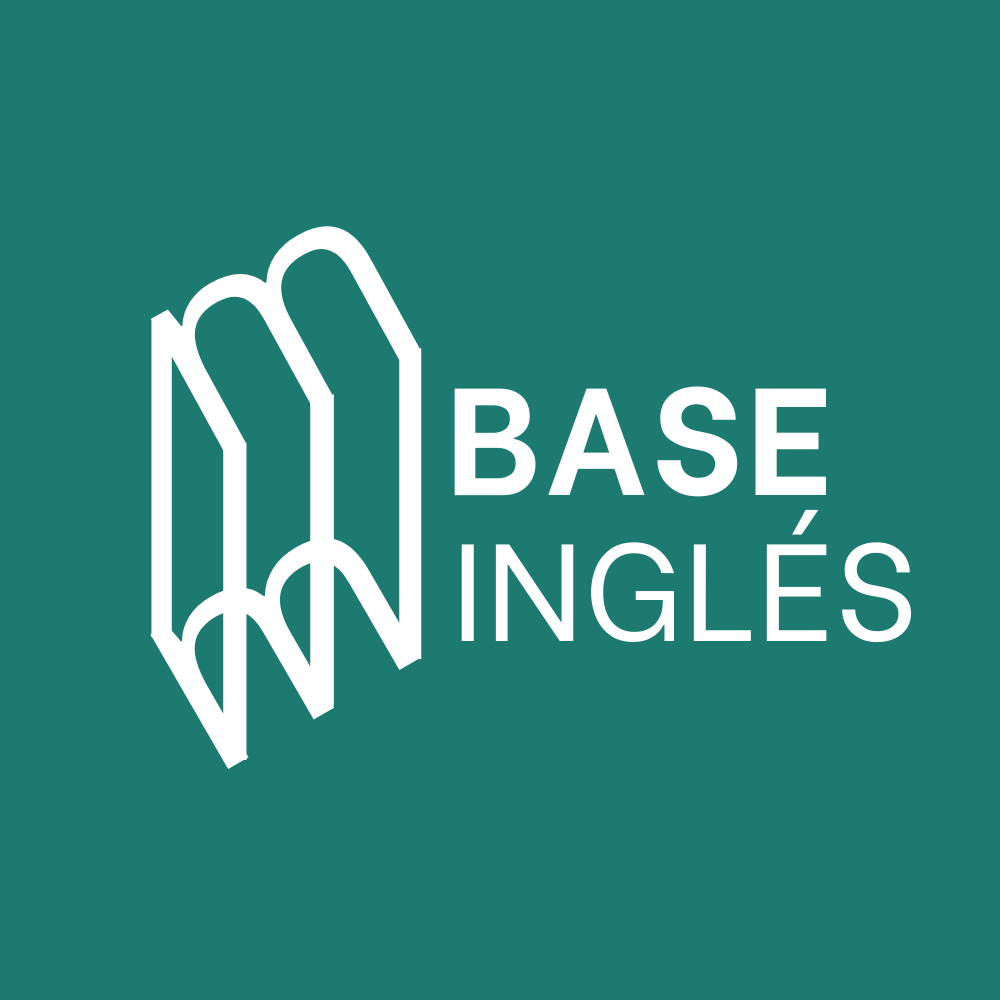En inglés, las preguntas y los question tags son una parte importante de la comunicación. Saber formular preguntas correctamente y usar question tags (coletillas interrogativas) de manera adecuada es esencial para tu examen de nivel B1 de Cambridge.
A continuación te explico las diferentes estructuras para formular preguntas y cómo funcionan los question tags, con ejemplos para que lo entiendas mejor.
1. Tipos de preguntas en inglés
A. Yes/No questions (Preguntas de sí o no)
Estas preguntas son aquellas que se pueden responder con sí o no. Se forman invirtiendo el orden del sujeto y el auxiliar (o el verbo «to be»). Si no hay un auxiliar, agregamos do/does/did.
Estructura:
- Auxiliar (o verbo «to be») + sujeto + verbo principal…?
Ejemplos:
- Presente simple (con «do/does»):
- Do you like coffee? (¿Te gusta el café?)
- Does she play the piano? (¿Ella toca el piano?)
- Pasado simple (con «did»):
- Did you see that movie? (¿Viste esa película?)
- Presente continuo:
- Are they studying now? (¿Están estudiando ahora?)
- Futuro con «will»:
- Will you come to the party? (¿Vendrás a la fiesta?)
B. Wh- questions (Preguntas con «wh-«)
Estas preguntas comienzan con una palabra interrogativa (who, what, where, when, why, how) y se utilizan para obtener información detallada.
Estructura:
- Wh- word + auxiliar (o verbo «to be») + sujeto + verbo principal…?
Ejemplos:
- What do you do in your free time? (¿Qué haces en tu tiempo libre?)
- Where did you go yesterday? (¿Adónde fuiste ayer?)
- Why is he crying? (¿Por qué está llorando?)
- Who is coming to the meeting? (¿Quién viene a la reunión?)
Cuando el wh- word es el sujeto de la oración, no se usa un auxiliar:
- Who called you? (¿Quién te llamó?)
2. Preguntas con «to be»
Cuando el verbo principal es to be (ser o estar), no necesitamos un auxiliar. Simplemente invertimos el orden entre el sujeto y el verbo.
Estructura:
- Verbo «to be» + sujeto…?
Ejemplos:
- Are you tired? (¿Estás cansado?)
- Was she at the party? (¿Estaba ella en la fiesta?)
- Is this your bag? (¿Es este tu bolso?)
3. Preguntas con verbos modales
Cuando usamos un verbo modal (can, could, should, might, must, etc.), la estructura también implica invertir el sujeto y el modal.
Estructura:
- Verbo modal + sujeto + verbo principal…?
Ejemplos:
- Can you help me? (¿Puedes ayudarme?)
- Should we leave now? (¿Deberíamos irnos ahora?)
- May I come in? (¿Puedo entrar?)
4. Indirect questions (Preguntas indirectas)
Las preguntas indirectas son más educadas o formales. No tienen la misma estructura que las preguntas directas. En vez de invertir el sujeto y el verbo, seguimos el orden de una oración afirmativa y usamos expresiones como Can you tell me…?, Do you know…?, I wonder if…?
Estructura:
- Expresión introductoria + sujeto + verbo principal.
Ejemplos:
- Directa: Where is the bank? (¿Dónde está el banco?)
- Indirecta: Could you tell me where the bank is? (¿Podrías decirme dónde está el banco?)
- Directa: What time does the bus leave? (¿A qué hora sale el autobús?)
- Indirecta: Do you know what time the bus leaves? (¿Sabes a qué hora sale el autobús?)
En las preguntas indirectas, no invertimos el sujeto y el verbo, y tampoco usamos do/does/did.
5. Question tags (Coletillas interrogativas)
Los question tags son pequeñas preguntas que añadimos al final de una afirmación para pedir confirmación o verificar información. Generalmente, si la oración es afirmativa, el question tag es negativo, y si la oración es negativa, el question tag es afirmativo.
A. Cómo formar los question tags
- Oración afirmativa + question tag negativo.
- Oración negativa + question tag afirmativo.
Estructura:
- Sujeto + auxiliar (en negativo o afirmativo).
Ejemplos:
- You are tired, aren’t you? (Estás cansado, ¿verdad?)
- She can swim, can’t she? (Ella sabe nadar, ¿no?)
- They didn’t go to the party, did they? (No fueron a la fiesta, ¿verdad?)
- You will come, won’t you? (Vendrás, ¿verdad?)
B. Usando «to be» y modales en question tags
- Oración con «to be»:
- It’s a nice day, isn’t it? (Es un buen día, ¿verdad?)
- Oración con un modal:
- You can help me, can’t you? (Puedes ayudarme, ¿verdad?)
C. Question tags con «I am»
Cuando la oración comienza con «I am», el question tag negativo es «aren’t I?».
Ejemplo:
- I’m your friend, aren’t I? (Soy tu amigo, ¿verdad?)
6. Question tags especiales
A veces usamos question tags para pedir confirmación cuando no estamos seguros de algo, o para suavizar una afirmación.
Ejemplos:
- Let’s go to the beach, shall we? (Vamos a la playa, ¿vale?)
- Open the door, will you? (Abre la puerta, ¿quieres?)
En este caso, el question tag no busca verificar una información, sino hacer una sugerencia o dar una orden suavemente.
Resumen
Para hacer preguntas correctamente en inglés, necesitas saber cuándo usar auxiliares como do/does/did o verbos modales, y cómo formar preguntas de sí/no, preguntas con wh-, y preguntas indirectas. Los question tags son útiles para pedir confirmación o verificar información, y siguen un patrón: si la oración principal es afirmativa, el question tag es negativo, y viceversa. ¡Practicar estas estructuras te ayudará mucho para mejorar tu nivel de inglés y estar preparado para tu examen B1 de Cambridge!
Prueba




